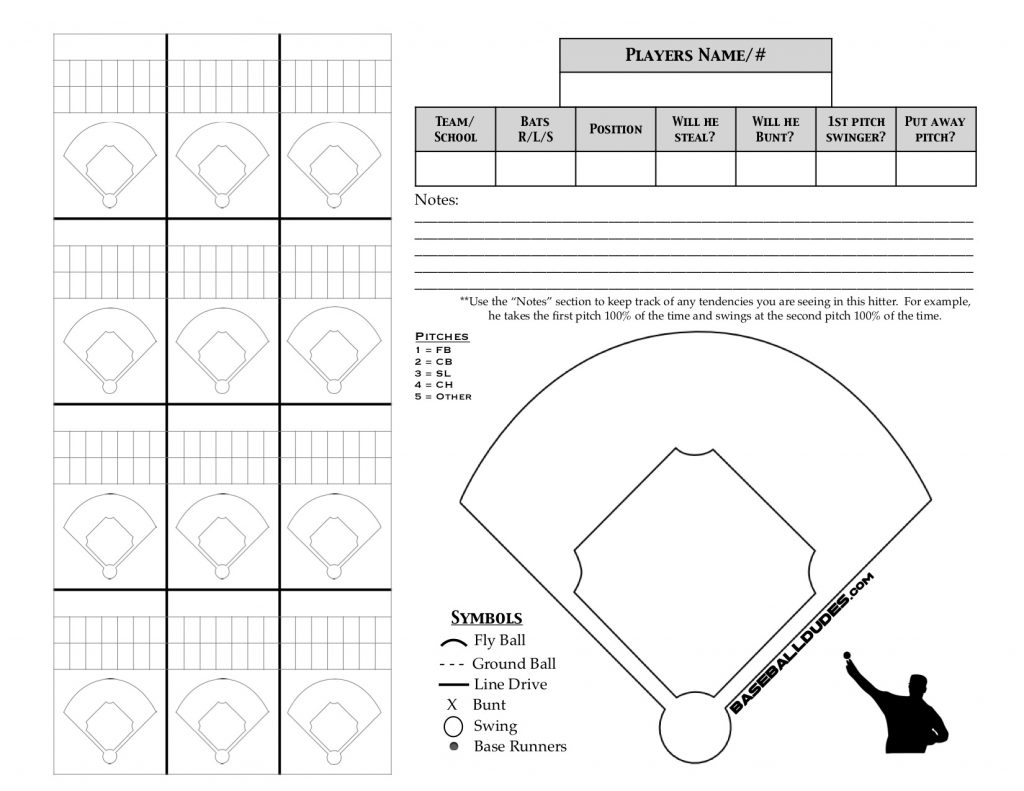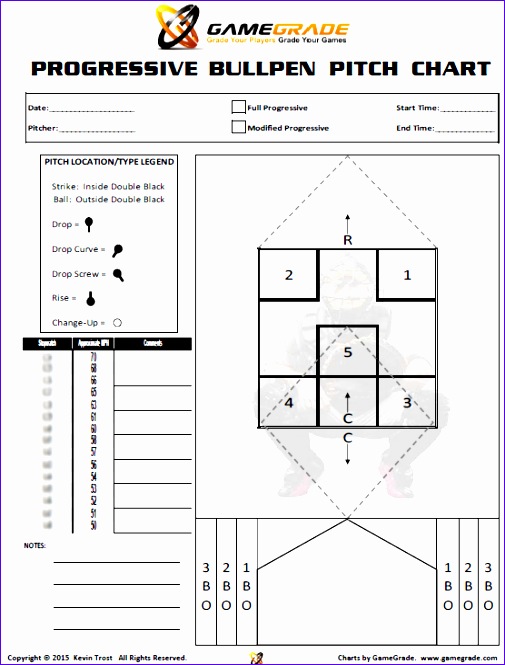

Often catchers make many more throws than pitchers do in a given game and catchers may be asked to play multiple days in a row or even multiple games on one day.

The safest practice if you are going to keep the pitcher in the game when they are done on the mound is to move him to the right side of the field, 1st base, 2nd base or right field.Ĭatcher: Though pitchers get much of the attention, catchers also are making a tremendous number of throws. Be careful with this practice, as you have to take into account the overall volume of throws the athlete is making. You will often see coaches take kids from the mound when they are done pitching and put them at shortstop, 3rd base or, worst of all, catcher. Pitching and Then Playing in the Field: Particularly in the younger levels of youth baseball, the pitcher tends to be one of the best athletes on the field. Preventing Injury for Catchers and Fielders It is recommended that coaches and parents are more careful with taller kids who throw harder. A study in the medical journal Arthroscopy in 2015 showed that taller kids who throw harder are at increased risk for injury. Pitchers’ Physical Make Up: a pitcher’s size can relate to increased risk for injury in a way that may be counterintuitive to what you may think.

Hot Days: on particularly hot or humid days, pitchers are more likely to become fatigued (more on fatigue later) which can cause their mechanics to break down and leave them at increased risk for injury. There is definitely a difference in stress on a pitcher's arm between times when they are cruising along and throwing free and easily, and when they are having tough innings when they have runners on base and are throwing 20 pitches or more in an inning. Stressful Innings: not all innings are created equal. Though the pitch count guidelines above are helpful, there are factors that may reduce the number of pitches that should be thrown. It is essential that parents and coaches are aware of this and make the right decisions for athletes. How can it be permissible in youth baseball? A study in the American Journal of Sports Medicine in 2016 that looked at risk factors for “ Tommy John” injury found that proper rest between pitching appearances can be just as important as following pitch counts. This would never happen in the Major Leagues. These tournaments often can go on for a week or more so you could be in a situation where your child is allowed to pitch up to 40 pitches on back-to-back-to- back-to-back days. As you can see from the 9-12 year old regulations, a pitcher is allowed up to 40 pitches with no rest days required and 75 pitches with only 2 days rest required.







 0 kommentar(er)
0 kommentar(er)
